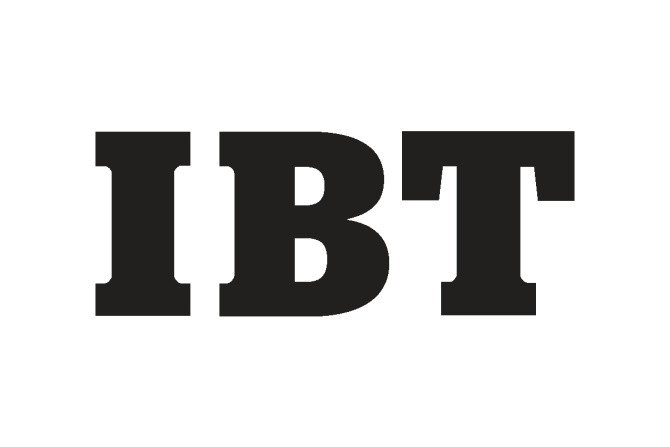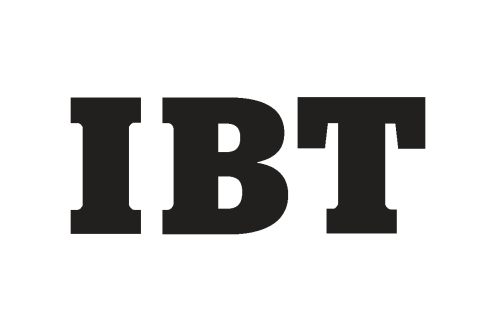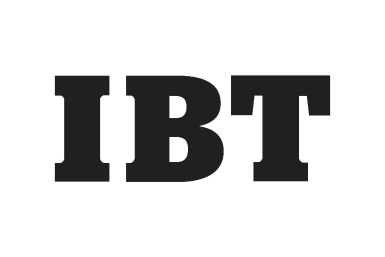The unemployment rate surprisingly fell to a five-month low in January and factory payrolls grew for the first time since 2007, hinting at a labor market recovery even though the economy lost 20,000 jobs.
The White House on Friday welcomed the Labor Department's report that the unemployment rate had fallen to a five-month low, saying it showed encouraging signs of gradual labor market healing.
Major U.S. indices are range-bound in the morning session on Friday as investors digest the U.S. unemployment rate report and monitor the ongoing sovereign debt contagion from Greece. The Dow has been hovering around the psychologically important level of 10,000 this session, dipping below it at various times.
Payrolls unexpectedly fell in January, but the unemployment rate surprisingly dropped to a five-month low, according to a government report on Friday that hinted at labor market improvement.
Wall Street was set to open little changed on Friday, as stock index futures pared earlier losses, after data showed the unemployment rate declined in January, even as payrolls fell.
Employers unexpectedly cut 20,000 jobs in January, but the unemployment rate surprisingly fell to a five-month low of 9.7 percent, according to a government report on Friday that hinted at some labor market improvement starting to take root.
Employers unexpectedly cut 20,000 jobs in January, but the unemployment rate surprisingly fell to a five-month low of 9.7 percent, according to a government report on Friday that hinted at some labor market improvement starting to take root.
U.S. employers probably stopped cutting jobs and added 5,000 payrolls in January, the second monthly gain since the recession started in December 2007, the government is expected to report on Friday.
A White House spokesman said on Thursday it was possible that a jobs report due on Friday could include a revision in monthly data showing more jobs were lost in the recession than previously been thought.
Major U.S. stock indices plunged today, taking the stock market into negative territory for February.
The median forecast for nonfarm payrolls is for an increase of 5,000 after an unexpected 85,000 drop in December. Forecasts range from a decrease of 97,000 to an increase of 100,000.
The number of U.S. workers filing for jobless benefits unexpectedly rose last week, but another big gain in productivity in the fourth quarter offered hope that companies were closer to adding to payrolls.
A monthly gauge of online labor demand in the United States fell slightly in January as online recruitment activity remained subdued at the start of the year, a private research group said on Thursday.
The number of workers filing for jobless benefits unexpectedly rose last week, but another big gain in productivity in the fourth quarter offered hope that companies were getting close to adding to payrolls.
U.S. stock markets fell in early trading on Thursday, tracking Asian and European markets as worries over European sovereign debt intensified and concerns arose after a disappointing U.S. unemployment claims report was released this morning.
With jobs at the top of the U.S. political agenda, private employers reported the smallest payroll decline in nearly two years in January while the vast U.S. services sector grew slightly, data showed on Wednesday.
The pace of job losses in the private sector slowed in January as employers reported the smallest payroll decline in nearly two years, while the dominant services sector grew slightly, data showed on Wednesday.
U.S. manufacturing expanded in January at its fastest pace since 2004 but consumers increased their spending only slightly in December, worried by job prospects and the state of the economy.
Manufacturing expanded in January at its fastest pace since 2004, data showed on Monday, but consumers increased spending only slightly in December, worried by job prospects and the state of the economy.
U.S. manufacturing expanded for the sixth straight month in January to its highest since 2004, data showed on Monday, but U.S. consumers increased spending only slightly in December, worried by job prospects and the state of the economy.
A measure of the manufacturing sector hit its highest level since 2004 last month, but consumer spending grew only slightly as households remained cautious on the economic recovery and any increase in jobs, data showed on Monday.
The economic recovery is suddenly looking more robust. If it is going to stay that way, the labor market will need to catch up soon.

















